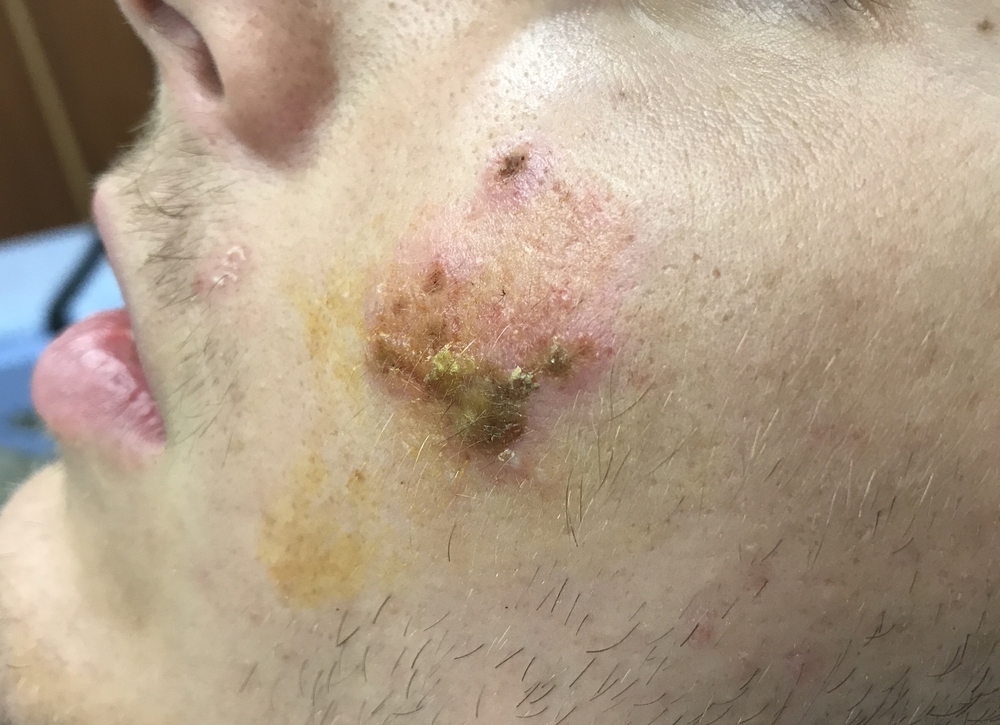Impetigo, a bacterial skin infection, is something you may have become all too familiar with. It starts with red sores that quickly burst, releasing fluid and forming crusts that resemble cornflakes.
What makes dealing with impetigo even more frustrating is its knack for coming back, leaving you wondering what more you can do to prevent it from happening again.
Why does my child keep getting impetigo?
If you or your child has impetigo, you should always carefully follow your pharmacist or doctor’s advice on treatment.
Though the condition may seem to clear up with treatment, the bacteria causing the infection may not yet be fully eradicated, so you should always complete the course of treatment that’s been prescribed.
Here are some more common reasons:
- Impetigo is highly contagious, so avoiding close contact with people with impetigo is crucial to preventing it from recurring
- If you have a weakened immune system from an underlying condition or are undergoing treatment (like chemotherapy), you are more susceptible to infections, including impetigo
- If you have an existing skin condition (like eczema or psoriasis), it can be easier for bacteria to enter the skin and cause infections
Frequently asked questions about impetigo
What are the signs of impetigo?
Signs of impetigo include itchy red sores that rupture and ooze, forming honey-coloured crusts that resemble cornflakes. You may also have swollen lymph nodes, or a fever (a temperature of 38C or above).
What are the common causes of recurrent impetigo?
You are more likely to get impetigo again if you are in close contact with an infected person, have a weakened immune system or have a pre-existing skin condition like eczema or psoriasis.
How can I prevent recurring impetigo outbreaks?
You can prevent impetigo from coming back by practising good hygiene, keeping skin clean and dry, and avoiding skin-to-skin contact with people with impetigo.



